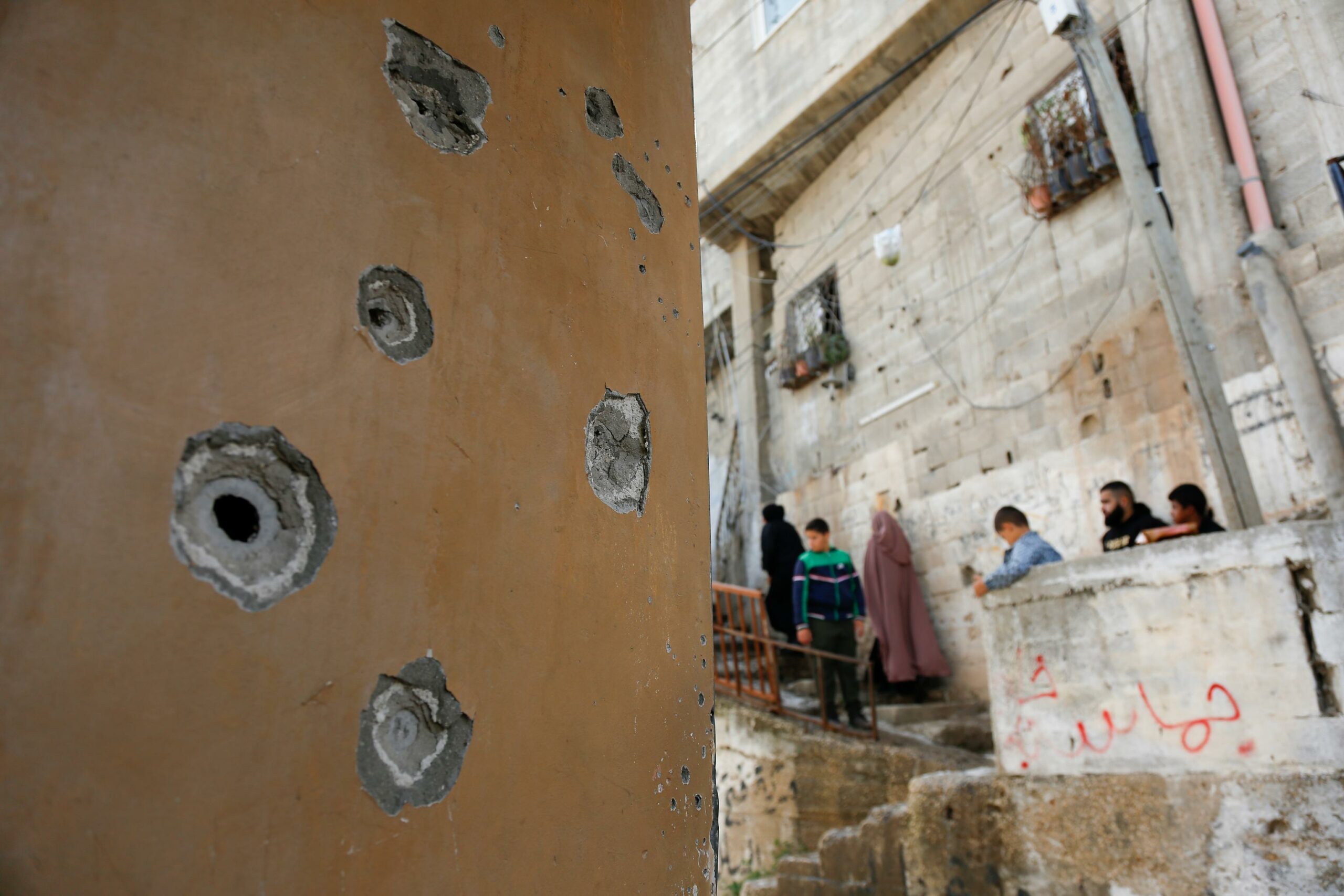Tag: occupation
-
Tulkarm Bids Farewell to 5 Palestinians Killed in an Israeli Military Operation.
18 December 2023 | International Solidarity Movement | Nour Shams refugee camp By Diana Khwaelid An Israeli military operation lasted for more than 10 hours in the Nour Shams refugee camp. Destruction of infrastructure Dozens of military vehicles stormed the city of Tulkarem on the evening of Sunday, December 16, as they targeted the…
-
Who is Holding Israel Accountable for its Crimes?
Israeli snipers were deployed everywhere, especially on the roofs of Palestinian houses inside the camp and its surroundings, as well as inside buildings under construction in the city, targeting anything that moved.
-
About the legitimisation of the Palestinian oppression in Al Khalil (Hebron)
Personal reflections of a ISM activist about the settlers’ violence and its related impunity in Al Khalil, West Bank. To which extent these people are allowed by the Israeli soldiers to transform a Palestinian city into their own amusement-park?



